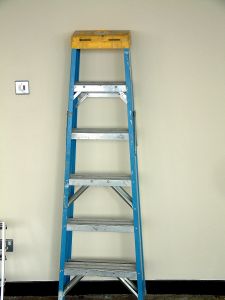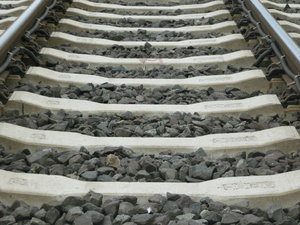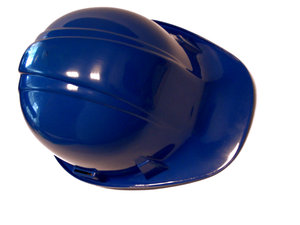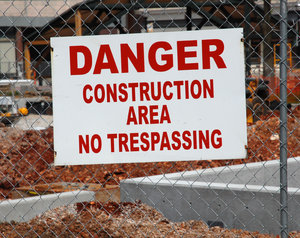A Massachusetts construction company is being investigated by the Occupational Safety and Health Administration (OSHA) for a work-related accident at a work site in Storrs, Connecticut, according to Reminder News. Two construction workers reportedly fell from a scissor lift while working at the site and were seriously injured. OSHA has a six-month statute in which to complete a full investigation but ensures a penalty will be levied if the company is found at fault.

Massachusetts workers’ compensation attorneys understand the dangers that construction workers face daily but find all too often that employers are lacking in areas that can prevent injuries like offering training, personal protective equipment, and preventative safety measures to employees.
It is no secret that the construction industry employs some of the most dangerous job opportunities nationwide. When it comes to work injuries at a Boston construction site, workers are constantly exposed to dangers from fall accidents, hazardous substances, nail gun injuries, electrical accidents and struck-by accidents among many others.
Many construction companies take a lackadaisical approach to worker safety. In fact, we just recently posted on our Massachusetts Workers’ Compensation Lawyers Blog that Twin Pines Construction Inc./Teles Construction Inc. is facing almost $200,000 in civil penalties for alleged fall, scaffolding and electrical hazards at a Portsmouth job site. Workers were required to work almost 60 feet in the air on scaffolding without being provided with fall protection equipment. Sadly, this same company had already been cited for these same violations at different job sites from 2008 to 2010.
The Centers for Disease Control and Prevention reported over 800 fatal occupational injuries to construction workers in 2009. Almost one in five work-related deaths was in the construction industry that year. Sadly, this is roughly the annual death average every year nationwide in the construction industry. This doesn’t include the 137,000 construction workers who are also injured on the job each year.
A new animated video series from the U.S. Department of Labor aims to reduce work injuries and deaths that are occurring so rapidly in the construction industry.
OSHA has put together 12 educational Construction Hazard Prevention Videos for workers and employers associated with the construction industry to view. Most of the videos are two to four minutes long and are offered in both the Spanish and English. The videos animate a real-life work incident related to falls, sprains and strains, struck-by accidents, carbon monoxide exposure and excavation accidents. Each video then offers corrective measures that can be utilized to prevent these types of accidents.
Employers clearly need to start educating or training employees about workplace dangers in the construction industry. Taking care of workers is the first step in getting the job done so safety should always be a priority at any job site.
Continue reading
 Massachusetts Workers Compensation Lawyers Blog
Massachusetts Workers Compensation Lawyers Blog












